Inversion Review
Posted by
SpectralShock
on
The aptly named Inversion is a newly released cover-based third person shooter. Having read that, don’t leave the review just yet. Developed by Saber Interactive and published via Namco Bandai, this is a moderately enjoyable romp where the biggest draw – gravity manipulation – is able to provide some real thrills. And though the presentation isn’t exactly up to par, Inversion has enough polish and enjoyable moments to eventually be worth a look.
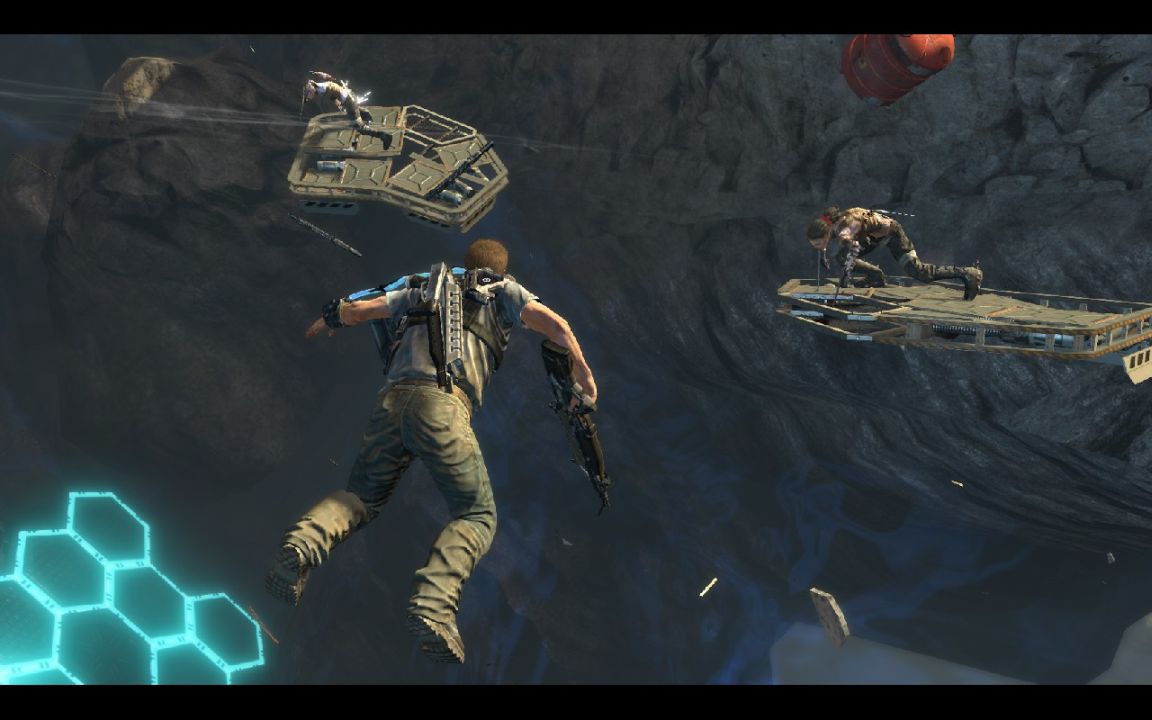
Set in the near future, the plot begins abruptly, with your city being suddenly ambushed by an unknown enemy race. Assuming the role of city cop Davis Russel, players are joined by his partner Leo Delgado as they attempt to piece together what is happening and how to fight back. Shooting their way back to Davis’ apartment, they find his wife dead and daughter missing, and themselves are captured. After spending a month in an enemy camp as slave workers, they eventually escape with some help and return to the city in hopes of finding Davis’ daughter.
The plot is fairly straight forward and by the book, reflected by the linearity of the admirably lengthy campaign. There are some significant plot twists, but much of the story suffers due to poor dialogue and average voice acting. Discovering the enemies, gaining ability to control gravity – all of these major events are undermined by weak delivery of emotion from the characters. Davis and Leo are rather stereotypical characters with no memorable traits, and there are few other personalities to speak of. There are logical loopholes and improbable scenarios, perhaps more so than your average shooter, which only further devalues the campaign. The ending twist is quite unusual and surprisingly emotional, but the rest of the plot isn’t on the same level.
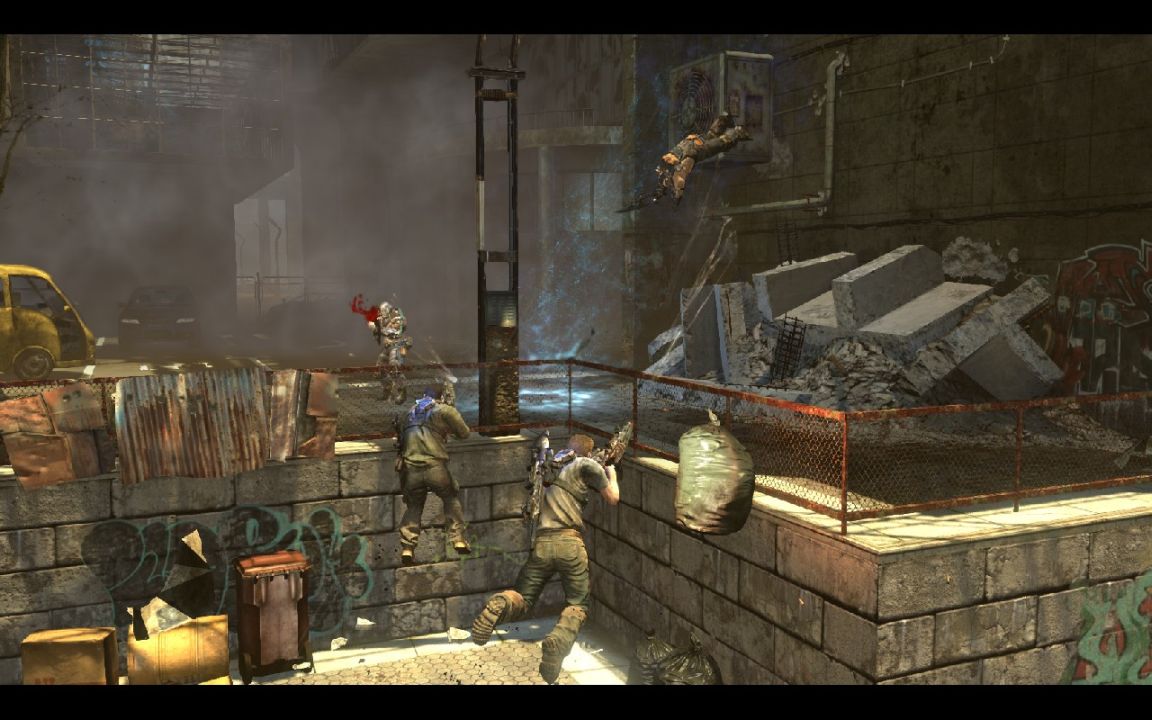
Inversion is also not an overly good shooter, although it tries very hard to borrow elements from better games. Gears of War most often comes to mind – from the way your character moves, sprints, takes cover, it all feels eerily familiar somehow. Even the weapons feel shamelessly “inspired” by those in Gears, such as the early rifle in the game with a front blade attachment. You can carry two guns at a time plus grenades, which makes ammo management somewhat important. The guns available to you gradually change styles as you go through the game, but are all essentially the same – a rifle and a shotgun. Special weapons with very limited ammo also crop up during specific sections, such as sniper rifles and rocket launchers. Shooting itself is OK – not much more. There’s no real feel to the weapons and enemies love taking half a clip to go down.
The player, on the other hand, is highly susceptible to damage. Playing on medium difficulty, there were more frequent instant-deaths than the developers were probably hoping for. Getting blown away by a single enemy with a shotgun from up close, or simply staying out of cover for longer than a few seconds when under fire, results in frequent checkpoint restarts. If you go down, it’s game over, but your AI partner can be revived if he is shot. Staying in cover is viable though, and the game’s environments feature plenty of things to hide behind – a lot of it being destructible. On the other hand, the game’s numerous boss battles are very easy up until the last few, which can become frustrating.
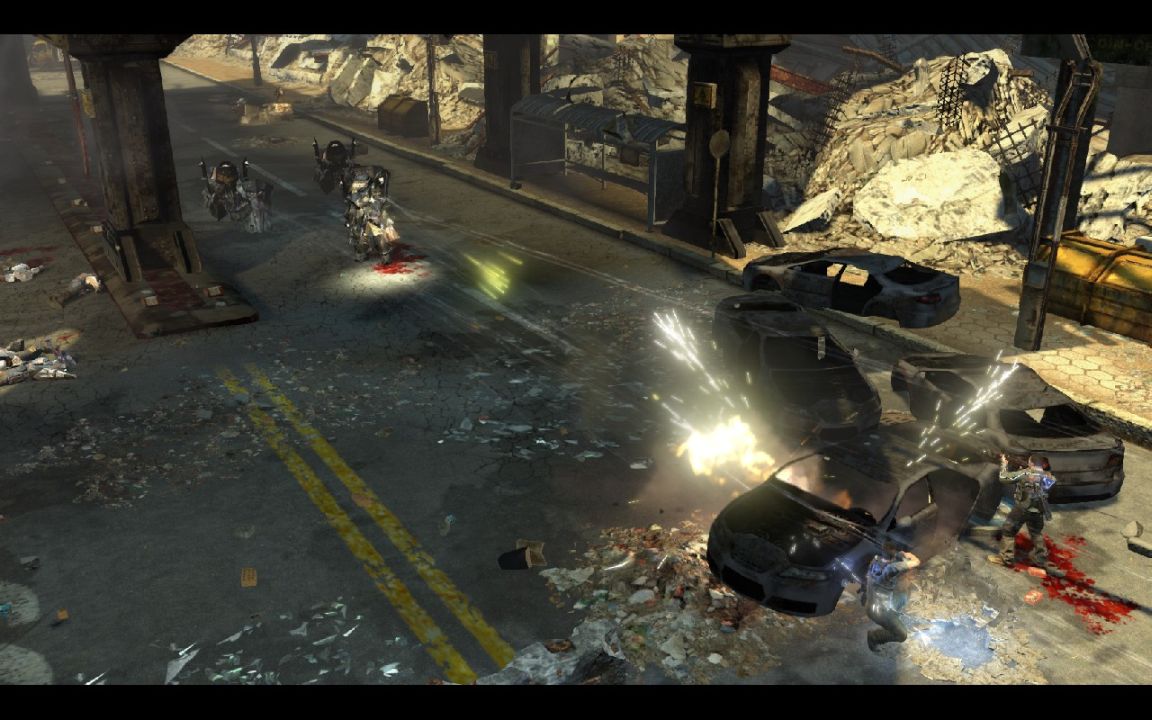
What has been described so far is probably not very enticing. So let’s get to the main selling point – gravity. Some may remember Saber Interactive’s previous title, TimeShift, where the main mechanic was about time manipulation. A similar case can be made here, except this time you’re allowed to control gravity. Using the secondary fire option, you’re able to shoot gravity beams, which create small pockets of gravity-altering areas depending on where they land. You start off with a simple ability to create these small anti-gravity areas – which causes your enemies to float up from behind cover and dangle in the air for a few moments while you take the shot (as in Mass Effect 3). It’s an interesting tactic that definitely throws a twist on the cover-based shooting. Enemies can do the same to you, which can cause some very tense mid-air shootouts, but alas they don’t utilize their powers as often as they probably should. For some odd reason, to use the gravity powers you must stand up from cover – making you vulnerable while you try to aim the ability, and thus presenting further difficulty.
Other uses are straightforward, like being able to grab and toss objects at enemies; small at first, and as large as cars towards the end of the game. You also get the ability to multiply gravity, pinning enemies to the ground and causing any suspended objects to crash down. It’s probably good to mention that the story upgrades your gravity powers at certain story points – there’s no unlock or character progression system to bother with. There are also so called anti-gravity zones, where you simply float around from object to object while also fighting enemies. These sections are cool, but leave you (understandably) overly exposed and unable to use gravity powers.
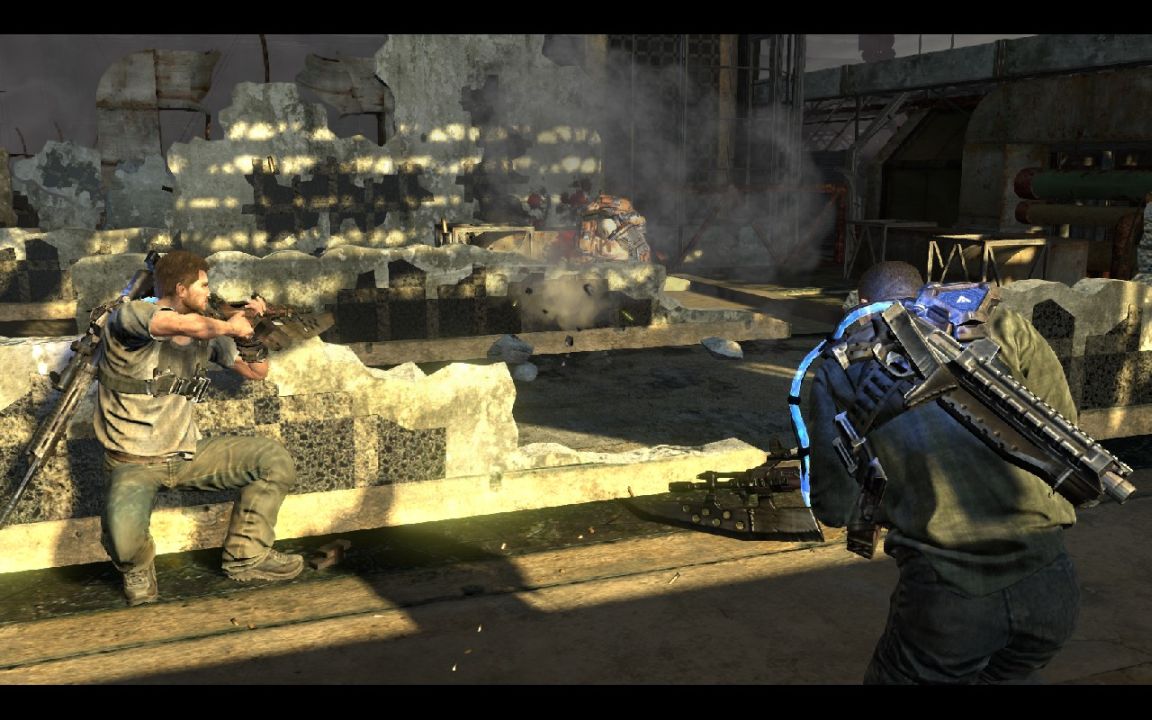
Arguably the best use of the gravity in the game isn’t even controlled by the player, but rather by the game’s own design. There are some levels where the perspective-shifting teleporters of sorts must be used to progress. Using these could have you facing down the side of a building, or even upside down – all while in active combat. Imagine if you are playing Prey again, but all the perspective-shifting is out of your control. Further, it was easy enough to reorient yourself in Prey because everything looked the same regardless of the view angle. In Inversion, fighting your way down the side of an apartment building is unmistakably thrilling and rather spectacular. It’s too bad that these moments are quite rare.
Once you’re done with the single player, you can have a go at the campaign with a friend. The game offers the whole story to be played via online play with a buddy, obviously assuming the role of either Davis or Leo. With two human players, things become a little more entertaining and perhaps give the game a better flow. Going down won’t mean instant death, as your coop partner can still revive you, and the game’s difficulty spikes towards the end will be easier to get through with two competent players. Competitive online play is also present in full force, with deathmatch, king of the hill, and horde modes. As you might expect, the mutliplayer takes advantage of various gravity abilities as well, for example allowing you to flip the battlefield if you’ve had a kill streak. But it doesn’t really revolutionize online play, and there already seems to be a distinct lack of opponents to be found.
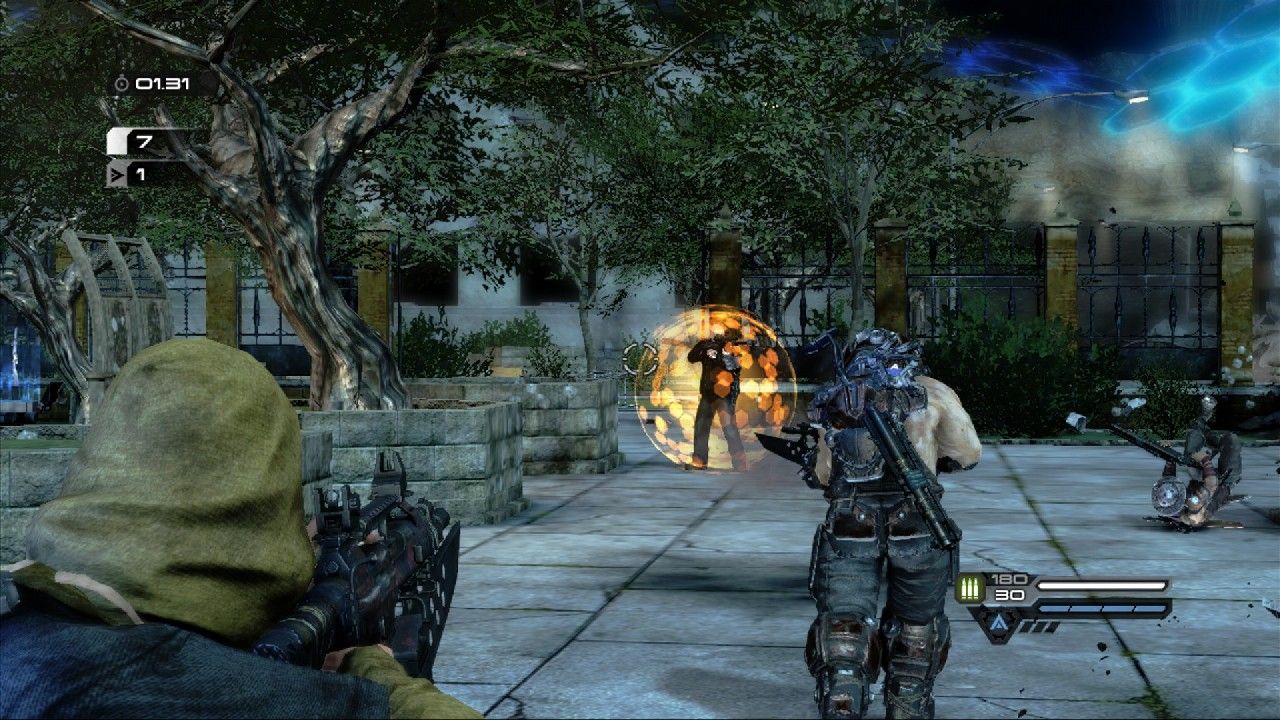
While Inversion runs great on even moderately powerful PCs, there’s not much design variety to be found. Alongside the repeated bosses, even the regular enemies often use exactly the same textures in multiple locations and cutscenes. They all look a bit like the dudes from RAGE (we’re up to, what, about 3 games that were borrowed from) and speak in an odd language that sometimes can be understood. The visuals look sharp at high resolution, but there is no 16:10 support, and we’ve encountered a couple of audio and input bugs (unable to reassign mouse keys).
There’s nothing wrong with borrowing inspiration and ideas from multiple titles and creatively integrating them into a new world. Inversion attempts this, as much as it may deny it, and the resulting game is somewhat lacklustre. The main hook of controlling gravity is almost as good as it could have been, while the rest of the features go downhill from here. Average shooting, bland characters and dialogue do little to elevate the game. The game is not inherently poor, but there’s little that stands out or makes the experience worthy of recommendation to any specific gamer niche. Thus, never quite reaching excellence with its main feature, Inversion is unable to recover any points elsewhere – except perhaps the lower price tag.
